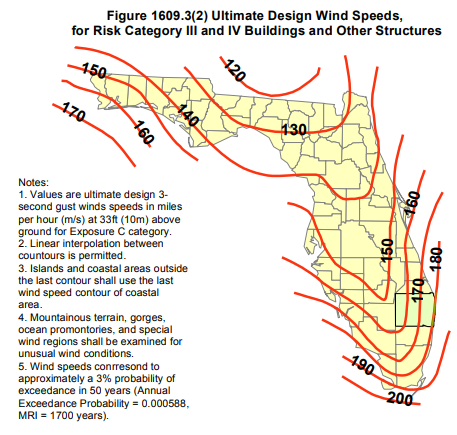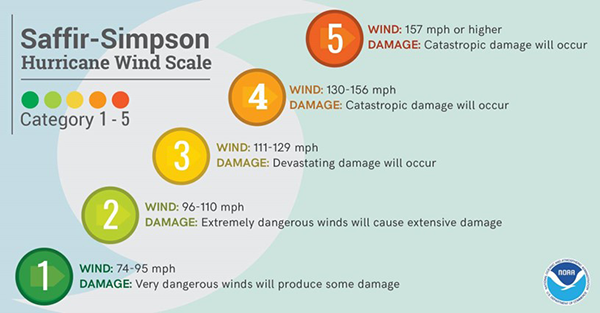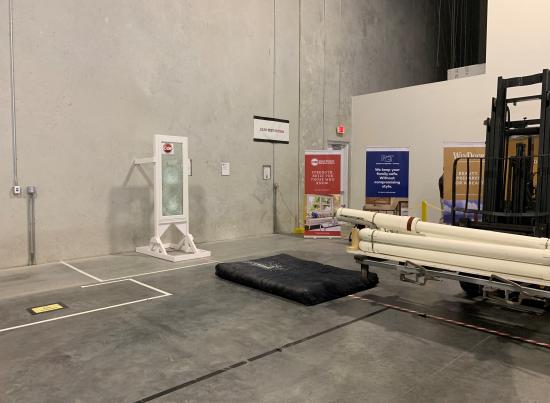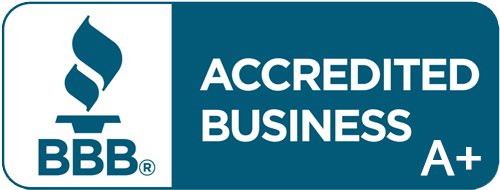Before 1992, the State of Florida had lax building codes that were not uniform across the state and were poorly enforced. Then, Hurricane Andrew devastated South Florida in August of 1992. Since then, Florida has hardened its rules and created one of the most stringent codes in the world.
Florida Building Code (FBC) requires some form of hurricane protection for exterior windows and doors on all occupied buildings, whether that be hurricane impact windows and doors or an approved shutter/covering system. But how do you know which products are approved for use in the State of Florida and in your city or county?
To be used in the State of Florida, certain types of structural components (including windows and doors) must be “…tested and registered with the state of Florida through their statewide product approval system.” The statewide system is available through and enforced by the Florida Building Commission, a division of the Florida Department of Business and Professional Regulation.
There are 2 acceptable documents to prove this testing occurred and was passed, a Florida Product Approval (FLPA) or a Miami-Dade Notice of Acceptance (NOA). These documents can be used interchangeably in some cases, but not always.
FLPA vs NOA
Florida Product Approvals are the documents used in the statewide system to signify building products that meet the criteria for use, as dictated in the current edition of the FBC. However, in some instances, FLPAs are not accepted in Broward or Miami-Dade counties. This is because these 2 counties are classified as the High-Velocity Hurricane Zone, or HVHZ. All products used in these counties must then be certified as passing HVHZ testing, which is even more stringent.

This is the main difference between FLPAs and NOAs. NOAs are only given to products that meet HVHZ requirements, while FLPAs are given to both HVHZ and non-HVHZ products. Only when an FLPA shows the product as also meeting the HVHZ requirements will it be accepted in Broward and Miami-Dade counties. Additionally, it is not guaranteed that an NOA will be accepted outside of Broward and Miami-Dade Counties. In order for that to happen," ...either by the NOA holder registering the NOA with the state system and obtaining a state FL number... or by a process called a Local Product Approval." If one of those conditions is met, then the NOA can be accepted anywhere in the State. Most manufacturers provide an NOA that is accepted throughout the state or has gone through both the FLPA and NOA processes.
FLPAs and NOAs are both comprised of 2 sections: evaluation reports and installation instructions. The evaluation reports detail what parameters were used for testing, and what third-party certifies the results of the testing. The installation instructions show the exact guidelines for how the products need to be installed in the structure to ensure they will be as strong as the test results indicate. For example, an NOA can dictate the type of fastener that an installer needs to use, how many fasteners are needed, and even the arrangement of the fasteners. Building inspectors will compare the installation to the diagram in the NOA before allowing a window or door to pass inspection.
What testing is done for hurricane impact windows and doors?
These products must also be tested for and given a rating for water intrusion, design pressures, and energy ratings.
Impact Tests
While many people may be familiar with the Cannon Test used on impact windows and doors, this is not the only test conducted during the approval process…though it may be the most fun to watch. This shows the process of Large Missile Impact testing, as conducted by one of our manufacturing partners, PGT Innovations.
Did you know there is a second kind of impact testing? Some products may be tested for Small Missile Impact (SMI). “The small missile impact glass/system will be used in higher locations of a building (4th floor and above usually) because it needs to resist high-velocity winds…Large missile impact glass/systems are located on the first floors (3rd floor or below usually) where a heavy impact is more likely to happen.” The SMI testing is done by shooting a group of small ball bearings at high speeds at a product. This is because once you are above approximately 35-40ft in the air, the type of projectiles that are carried by storm winds changes.
The 2x4 used in LMI cannon tests is a stand-in for heavy storm debris that may be thrown around in a hurricane, like building materials, tree limbs, lawn furniture, and other lawn décor. The ball bearings mimic things like gravel and small rocks.
Water Tests
Hurricanes and tropical storms don’t just toss around debris, they also bring a lot of wind-driven rain with them. Therefore, the next test for hurricane windows and doors is the water test.
To conduct the water test, many gallons of water are poured onto the exterior of the window or door very quickly. The volume of water used in testing exceeds any naturally recorded rainstorm. Then, a system is used to pump air behind the water toward the product, simulating the wind-driven rain common in storms.
As long as no water gets through any part of the window or door to the interior, then the water test has been passed. The rating given to the window or door indicates the volume of water the product can withstand with zero leaks. Some doors, like French doors and sliding glass doors, will have different water ratings based on the height of the threshold.
Design Pressures
Design pressures are the indication of the positive and negative pressure a hurricane window or door can withstand before failing. In this case, failing means either a hole is torn into the glass, the frame warps, a component is pulled out of place, or the frame is pulled out from the wall. “To determine a tested window’s design pressure rating, the test pressure must reach 1.5 times the design pressure for 10 seconds without the window suffering permanent damage.”
Design pressures needed for a particular building are determined by 3 factors: the distance of the building from open areas like the ocean (aka the exposure), the height of the building, and where on the building the window or door is located (aka the zone). Building Code states that the building components, including impact windows and doors, must meet or exceed the building’s required pressures to be approved for use.
Energy ratings
The final type of ratings available on impact windows and doors are energy ratings. While these do not affect the structural integrity of the product, in some parts of Florida the energy rating of a product is just as important for getting it approved for use in a home as the structural ratings.
Product labels are required to include the following information regarding energy, which you can read more about here.
- U-Factor
- Solar Heat Gain Coefficient (SHGC)
- Visual Transmittance (VT)
- Air Leakage
Are impact windows Category 5 rated?
While hurricane window and door testing does not apply category ratings to their products, testing parameters can mimic conditions from the strongest storms. The design pressure rating for impact windows and doors directly relates to the wind speed it is rated to withstand. Category 5 storms are any storms with wind speeds of 157mph or more. According to this wind speed calculator, a DP rating of 65psf is equivalent to 159.34mph.

For many residential and commercial structures, it is not required to have building components that can specifically withstand a category 5 storm. This is true of any building that is below 3 stories and more than 1,000 feet away from a mile-wide open area, like the ocean. A standard 1-story single-family home, more than 1,000 inland from the coastline, only needs to meet maximum DP ratings of +38.7/-51.0. This means the doors and windows can still withstand 141mph winds, which is unlikely to occur that far inland and represents a category 4 storm in terms of wind speed. The Florida Building Code determines the types of winds that structures throughout the state based on historic data from previous storms.
Hurricane impact windows and doors need to ensure a lot of stringent testing in order to meet the Florida Building Code. This means you can have peace of mind knowing that your home will be protected from storm debris and wind-driven rain in a storm. Request a free estimate and in-home consultation to find out what impact products are best for your home.



